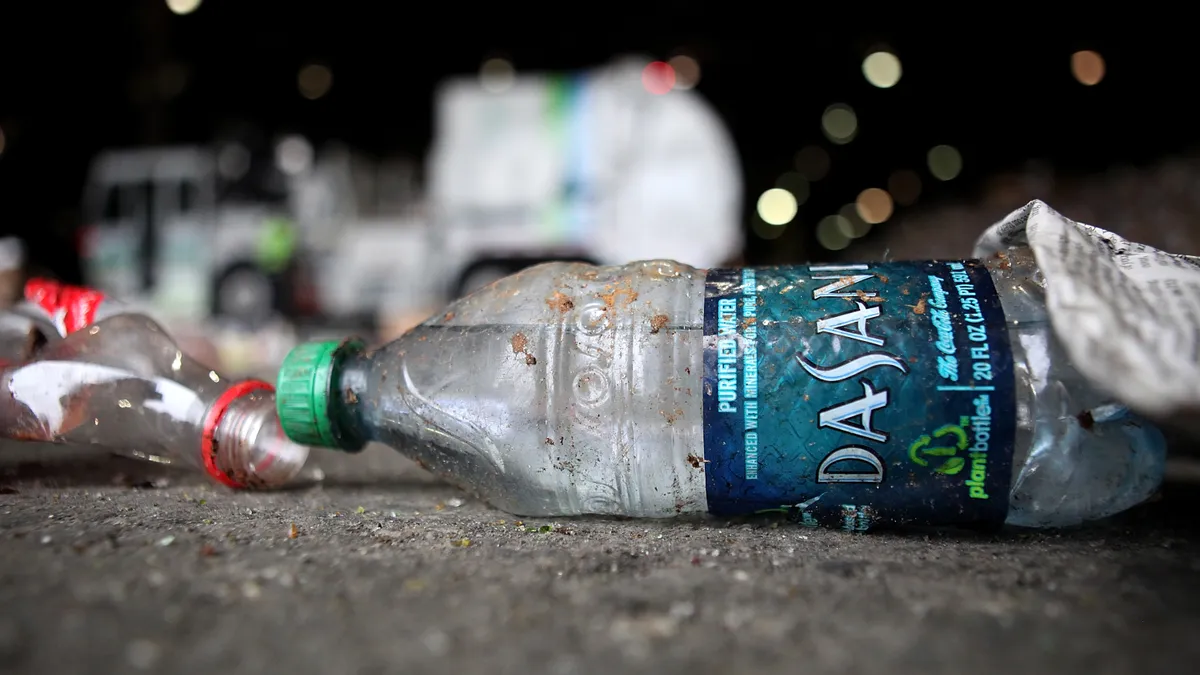This country's brownfields have been left unused, unwanted, and potentially hazardous to the environment and public — yet they beckon to visionary communities and professionals with the drive and expertise to transform them into vibrant, dynamic green spaces.
With work, time, and money, one-by-one, state-by-state, many of these once-forsaken properties are transforming into spaces with these very features. Their transformation is happening through private and government collaborations — partnerships that bring opportunity for multiple stakeholders, including ones within the solid waste management niche.
There are over 450,000 brownfield sites in the United States, and 34 types of them listed on the Environmental Protection Agency’s (EPA) website. These typically highly contaminated properties are the end result of plastic manufacturing and battery recycling and disposal among other industrial processes that have left their mark in the soil and water.
And they have left their mark on human lives. Toxins found in the sites’ soil, surface water, and ground water have been associated with respiratory problems, low birth weight, cancer and increased mortality.
According to the EPA, a brownfield is "real property, the expansion, redevelopment or reuse of which may be complicated by ... hazardous substance, pollutant or contaminant." The 2002 Brownfields Law further defines these toxic spaces as "contaminated by a controlled substance; contaminated by petroleum or a petroleum product excluded from the definition of 'hazardous substance;' or mine-scarred land."
A government priority
Brownfields are a big enough problem that their cleanups rank high on federal and state governments’ to-do lists. These projects not only address public health issues, but improve the environment, reduce blight, and jump-start local economies, including generating job opportunities in industries from real estate development to solid waste management.
"Accomplishments [of EPA’s Brownfields Program] begin with local community visions recognizing that brownfields are assets in the heart of America’s ... rural downtowns to catalyze public health protection,” said Mathy Stanislaus, assistant administrator of EPA’s Office of Solid Waste and Emergency, adding they reduce air and water impacts and address unemployment and economic transformation.
Brownfields projects are fostering private-public partnerships; haulers and processors of toxic wastes are among players called into these collaborations in environmental remediation, and governments are willing to invest big in industry know-how. But it’s no easy task. These projects present enormous challenges and require deep strategies to assess for contamination levels and determine cleanup options while managing costs.
Niagara Falls’ old nightmare
One of the most notorious and costly brownfield cases came out of Niagara Falls, NY around 1978; Hooker Chemical Company had much earlier disposed of steel drums filled with toxic materials, then paved over the polluted acreage, which was later developed into a residential community and a school. After record rainfall, barrels of the buried chemicals surfaced, leaking throughout the neighborhood and onto the school playground, resulting in documented acute chemical burns and congenital birth defects.
Residents were relocated. Then began the multi-million dollar cleanup.
Before the Niagara Falls tragedy, there were no major government initiatives to address these disasters. But within a few years of that event, EPA enacted the Comprehensive Environmental Response, Compensation, and Liability Act (CERCLA), aka Superfund, to regulate cleanup of "inactive hazardous substance sites."
Proper environmental site assessment, site cleanup, hazardous waste disposal, contamination prevention, and future environmental monitoring all take money, which isn’t easy to come by. According to David R. Lloyd, director of EPA’s Office of Brownfields and Land Revitalization, lenders are often reluctant to give loans for potentially impaired lands. In some cases, he said, cleanup costs may be more than the property’s value.
Adding to the challenges is the extra time that goes into development projects requiring environmental assessment and major cleanup, deterring some investors. And, "a reuse plan based on community goals or sound economic and environmental information may be lacking," said Lloyd.
Funding sources
Overall, the EPA provides multiple grants for many different types of projects. Among them are Area-Wide Planning Grants (AWP) to support communities in researching, planning, and developing implementation strategies; Environmental Workforce Development and Job Training Grants (EWDJT) for recruiting, training and placement of minority, unemployed and under-employed residents of solid and hazardous waste-impacted communities; and Cleanup Grants to actually carry out cleanup activities. Now, the agency is piloting a new program to provide one grant for assessment and cleanup work at a brownfield site owned by the applicant.
Some local and state governments provide tax abatements, tax credits, bonds, and loans to finance assessment, remediation, and related functions. Municipal economic development agencies and state brownfield programs are often go-to sources to learn of financing options.
The Allentown Waterfront Project: a work in progress
Among the larger jobs currently in full swing is the Allentown Waterfront project in Pennsylvania, valued at over $300 million and projected to generate about $5 million in annual real estate taxes.
EPA awarded The Lehigh Valley Economic Development Corporation grants to revitalize this former steel manufacturing site where several metal types were found in the soil, calling for a cleanup plan including, among focuses, development of specifications for cap design, such as cross sections of asphalt paving and building slabs — and a plan to handle contaminated soil if it is found. The eight-year redevelopment project entails construction of residential, office and retail space, a recreational trail and access to the river, which, once the project is complete, will be reachable for the first time in decades.
This is one of many stories of a once-toxic blot on the landscape that, through investment and commitment, will be repurposed as a valuable resource. Once healthy itself, The Allentown Waterfront will in turn pump the health and vitality of the community that brought it back.













